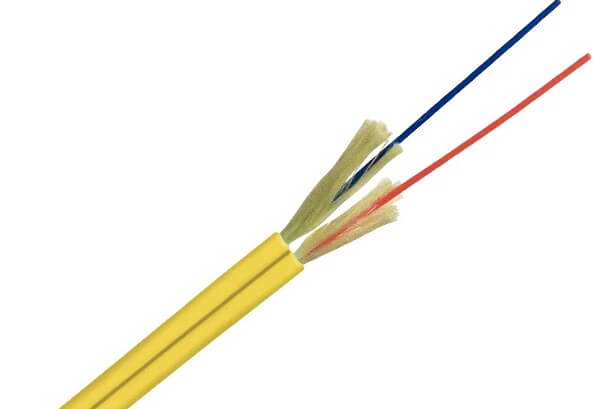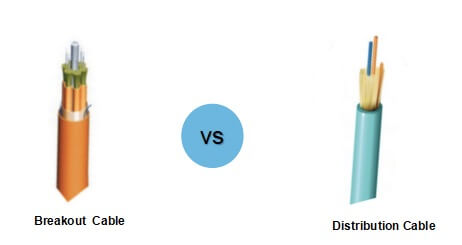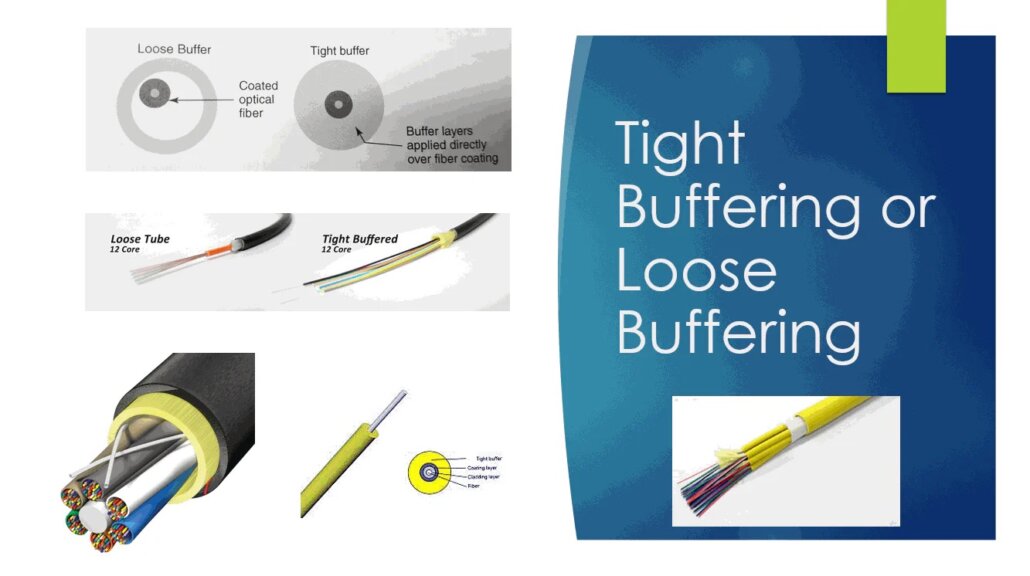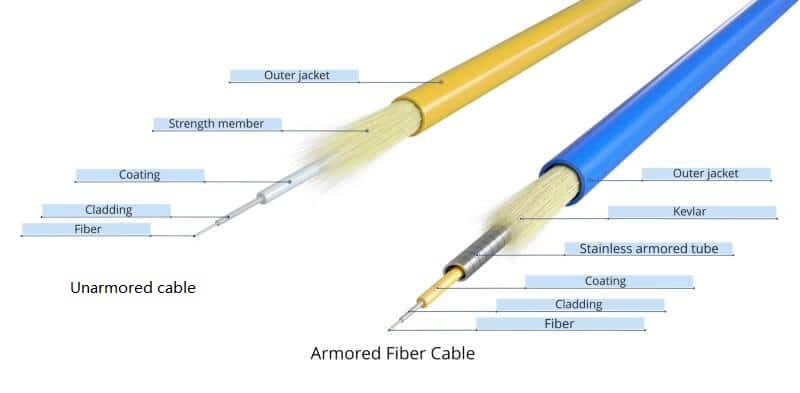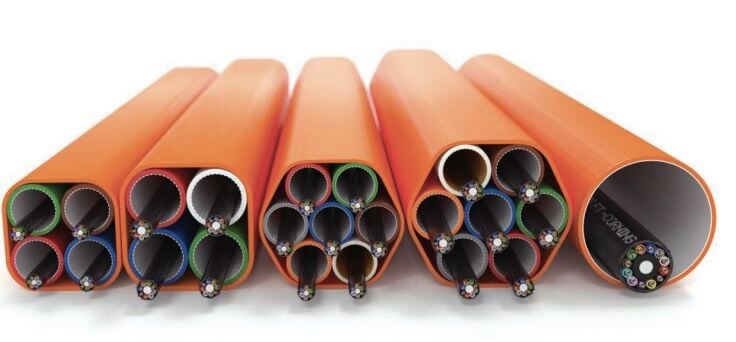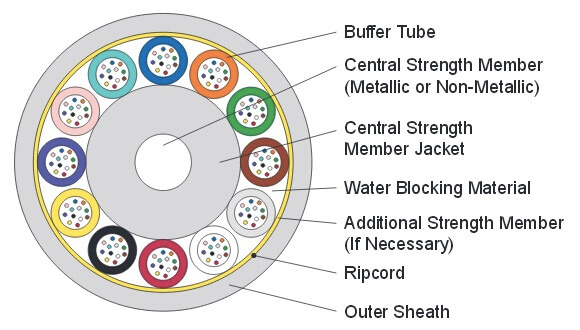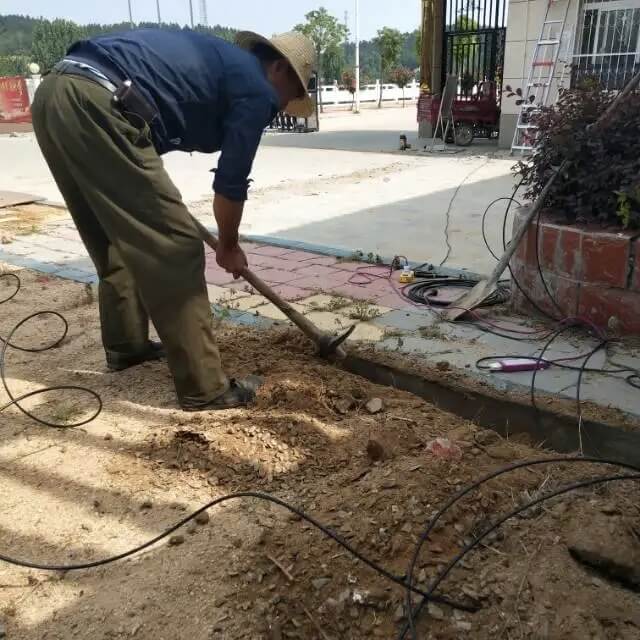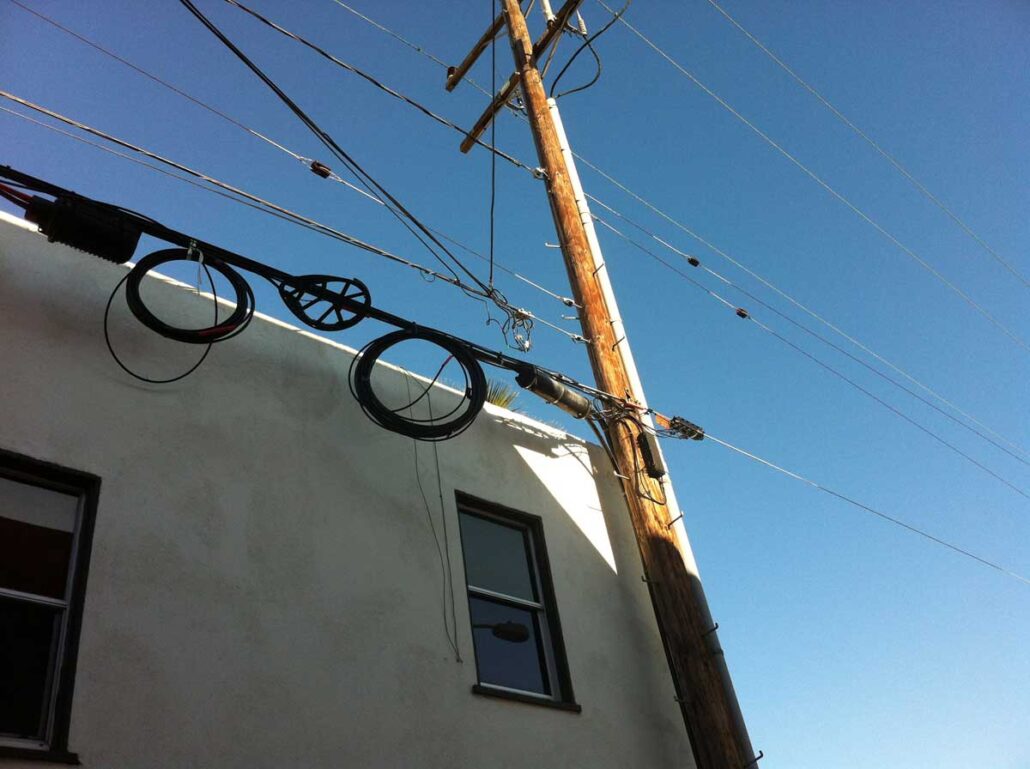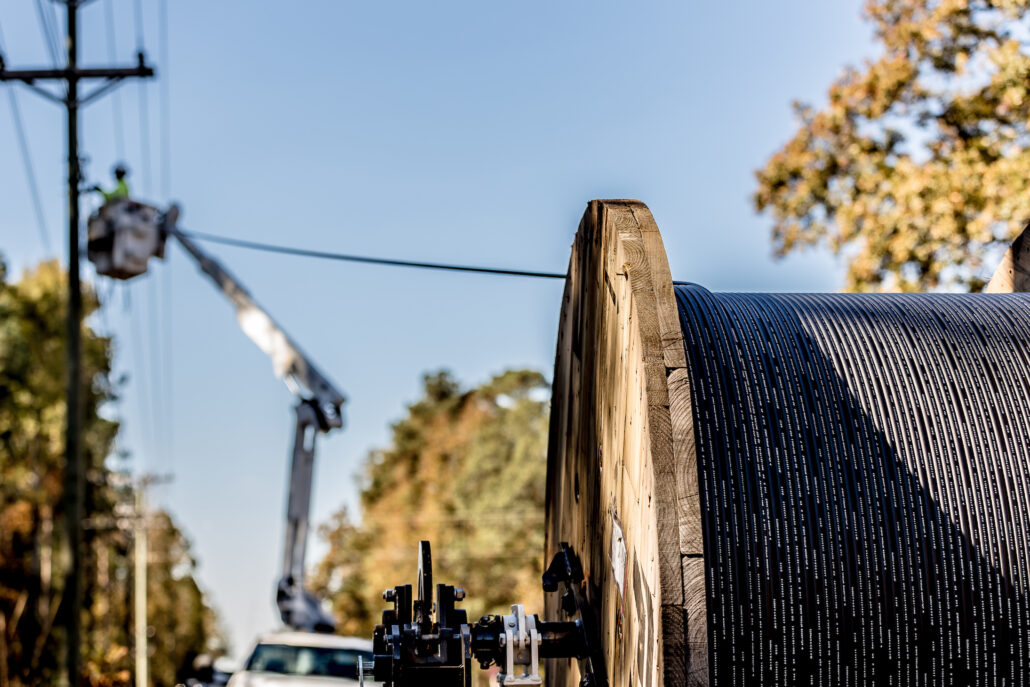What is Plenum Fiber Optic Cable?
Optical cables, as the “nervous system” for information exchange and transmission between buildings, have been laid in large numbers and concentrated in high-rise corridors/pipelines and shafts for optical fiber communication. However, in the event of a fire, these cables may contribute to the spread of the fire and make it more difficult to fight the […]

